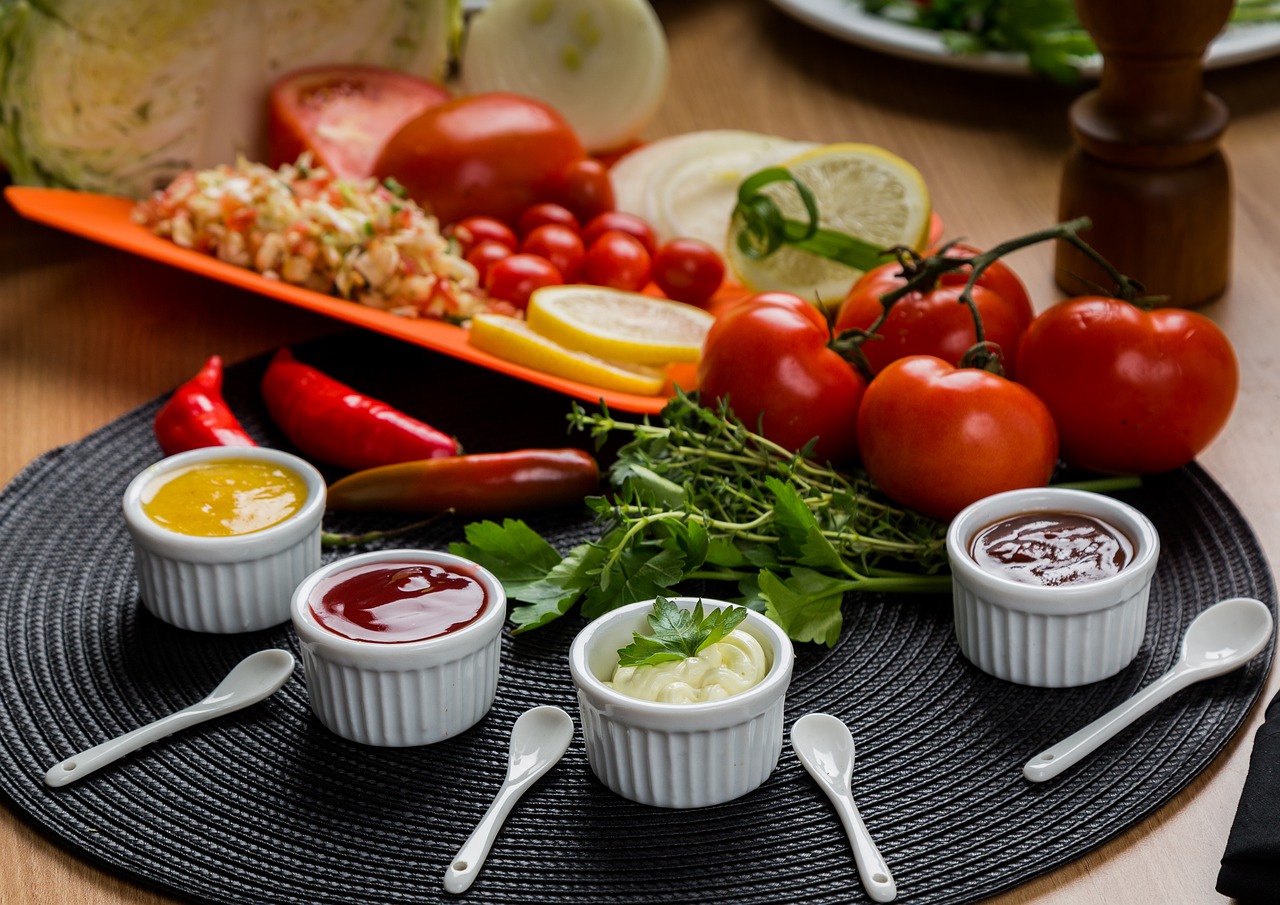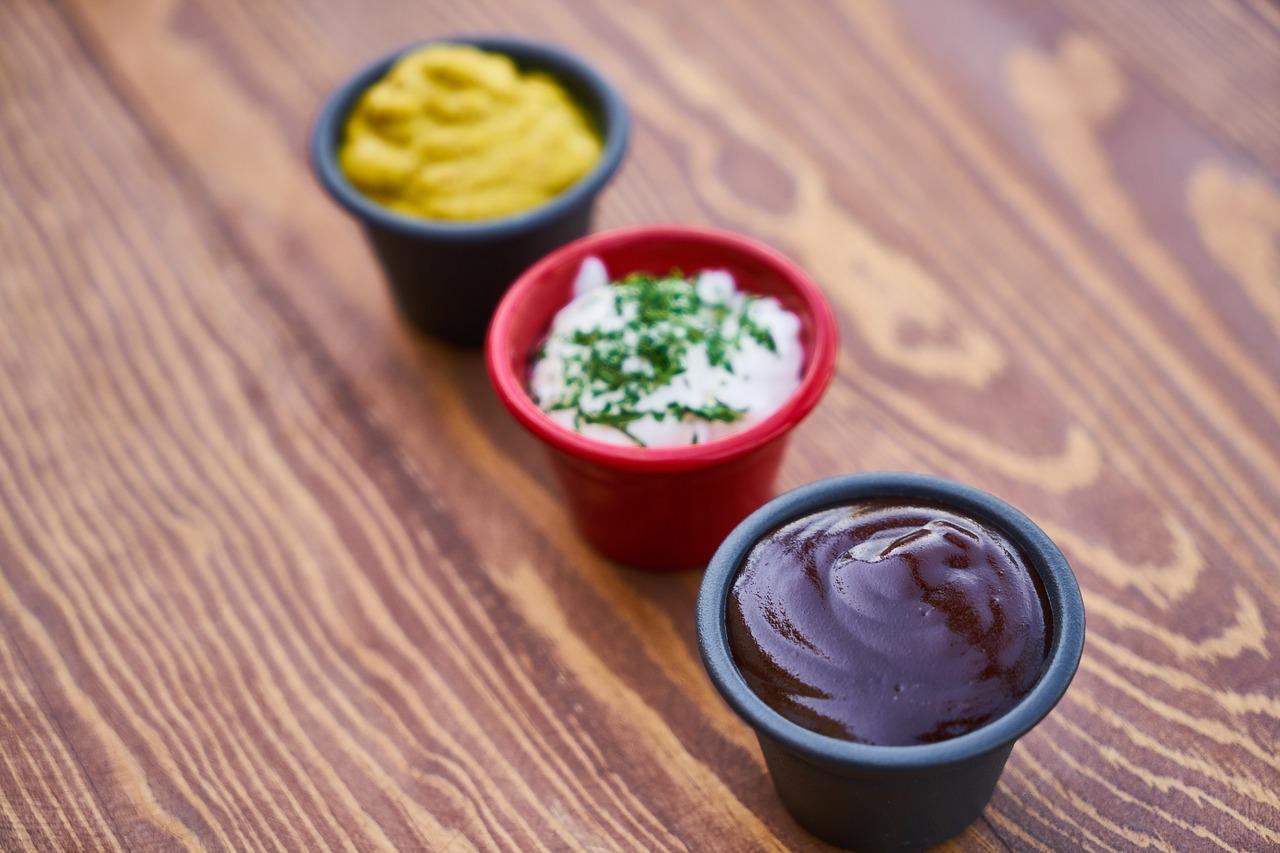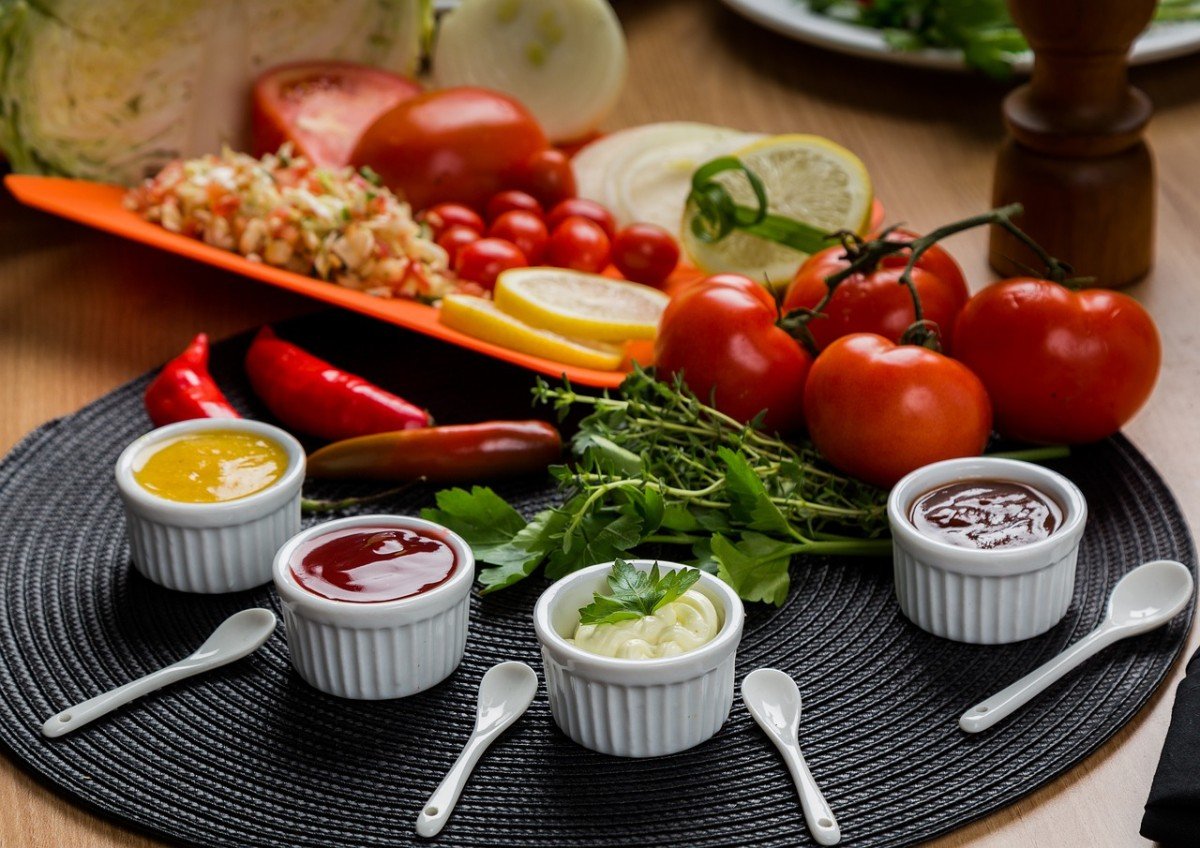The Truth about Barbecue Sauce

Barbecue sauces have a uniquely Southern and Western U.S. history. Most experts agree that the practice of adding sauce and spices to meat and fish began early in our history, with Native Americans teaching the art to early European settlers. The natives probably developed the process as part of an attempt to keep meats and fish from spoiling quickly. Salt played a major role in those early barbecue sauces, and salt is a well-known preservative in the meat curing process.
Because the nations first European arrivals lived on the East Coast of America, that part of the country is credited with spawning the original barbecue sauce styles. First and foremost, there are the various Carolina barbecue sauces. The most widely known are East Carolina, Piedmont, and South Carolina varieties. East Carolina barbecue sauce consists of vinegar, salt, black pepper, and crushed or ground cayenne peppers. Its a very simple sauce that penetrates the meat nicely for a deep flavor. Piedmont barbecue sauce only varies from East Carolina in that it often includes molasses or Worcestershire sauce and thus clings to the meat more. South Carolina sauce is entirely different, using a mustard base instead, producing a much tangier and sharp flavor.
Then there is Memphis or Southern style barbecue sauce. This popular variety is typically more complicated (flavor-wise) and is built around mustard, tomato, and vinegar. Fans often point to the boldness of these flavor combinations as the hallmark of Memphis barbecue sauce. A saying often heard among hungry connoisseurs is no two bites alike.
Continuing our trek westward, we come to the acknowledged center of the barbecue universe Kansas City! Kansas City barbecue sauce is distinguished by its noticeably thicker consistency and emphasis on sweetness. That’s because this style of sauce is built upon thick tomato sauce, chunks of vegetables, and lots of sugar. Many popular commercial brands are based on this Kansas City recipe. It’s most popular among amateur backyard grillers because of the availability in grocery stores (Kraft, Heinz, K.C.s Masterpiece, etc.). And also because the thick sauce can be applied only once and enough will remain in place to please the happy recipients of the grilled meat.
Finally, there are the Texas barbecue sauce styles. Now, Texas is one big state, and there are several regional varieties within it. The most common include thick and spicy sauces that are essentially spicier variations on the Kansas City sauces. These are found mostly in the north and east sections of the state (Dallas). In western Texas, thinner sauces that feature hot peppers can be found. These sauces are often added only at the very end of the barbecuing or grilling process. And then, in southern Texas, the barbecue sauce of choice features an emphasis on Mexican spices and, of course, jalapeno peppers! Make sure to have a cold beverage handy to put out the fire!
Barbecue Sauce Recipes
When you have a backyard barbecue, what are some of the first thoughts that come to mind? Friends, meat, wonderful aromas, lots of fun and, of course, barbecue sauce. This delicious sauce has been an American favorite for outdoor cook-outs since 1948 when Heinz first came up with its signature barbecue sauce. The condiment actually dates back to the 1600’s, when some inventive soul discovered that the vinegar and tomato-based concoction, laden with sufficient spices, covered a panoply of unattractive and unhealthful problems with spoiled meat, while adding a zesty flavor.

Today, barbecue sauces come in many textures ranging from a runny liquid to sumptuously thick. Some barbecue “purist” gourmets look down on the addition of any external flavorings, but a glance at the grocery aisle offerings of available barbecue sauces attests that there are many people who disagree. There are barbecue sauce recipes flavored with fruit, ginger, cayenne, habaneros, chipotle peppers, teriyaki and a host of others.
A barbecue sauce should be complementary to what you’re cooking and how you’re cooking it. Most commonly used on beef, pork and chicken, barbecue sauce can also be used to brush fruit kabobs, dip fries, and even as a marinade. The cooking method also plays a role in the barbecue sauce recipe that you choose. Baking a meat in the oven only requires a thin coating of sauce, so that it will caramelize without burning. Some grilling enthusiasts swear by a thick sauce for grilling. Application time is critical in achieving the perfectly flavored barbecue dish. When baking, the condiment should be applied mid-way through the cooking time. With grilling, it should be brushed on, but lightly, throughout cooking for a thick, caramelized coating. Now that you’ve got a grip on your brush and know how and when to apply the garnish, let’s move on to your barbecue sauce recipe.
The basic ingredients in a barbecue sauce recipe are tomato sauce, a sweetener, spices, and vinegar. This basic list is for only the most unsophisticated of barbecue sauce recipes. Before you begin making your own barbecue sauce recipe, try several types of commercial sauces to get an idea of tastes you’d like to experiment with in your own kitchen creations.
Fruit flavored recipes are best with chicken, fish and kabobs. Shrimp and pork are especially complimented with tangy glaze sauces, such as apple, peach, and pineapple flavors. If these sauces are a bit tame for your taste, then try some hot and spicy barbecue sauce recipes. Chipotle, teriyaki, and habanero are all excellent additions to almost any meat.
The perfect barbecue sauce recipe is the one you, your family and friends love best! There are so many out there, you owe it to your taste buds to experiment. Who knows but that when you’ve sampled them all, you may find the only sauce for you is the original.
White Barbecue Sauce – Sweet, Sour, Tickling and Tangy

BBQ sauce is generally a basic mixture of tomatoes, sugar and vinegar. Tomatoes used can be in various forms such as tomato sauce, paste, puree and even ketchup. Sugar adds sweetness to the barbecue sauce and can either be corn syrup, honey or molasses. The addition of vinegar, on the other hand, lends a sour flavor to the bbq sauce and can be in the form of beer, white or flavored vinegar, wine or citrus juices. In general, bbq sauces can be used throughout the barbecue process from preparation to cooking.
Bechamel sauce or White Barbecue Sauce has a long and illustrious history. It has been a pet of the French food connoisseurs, since 1651. One of the mother sauces of French cuisine, the white sauce is nowadays made by whisking scalded milk gradually into a white flour-butter roux. However, it can also be made by whisking a kneaded flour-butter beurre manié into scalded milk. The thickness of the final sauce depends on the proportions of milk and flour. White Barbecue sauce, unquestionably adds a delicate flavoring to your meat dishes.
White Barbecue Sauces of Alabama are different from most other barbecue sauces in the use of their bases. These sauces are predominantly mayonnaise based, unlike the traditional and ubiquitous tomato. Chicken, turkey or pork – these white sauces are taste uppers beyond imagination. Like its tomato- and mustard-based cousins, white barbecue sauce comes in shades ranging from porcelain to putty. There are also differences in consistency. Some sauces flow like fat free milk, while others are more reminiscent of a creamy dressing. As for the ingredients, well, purists such as Myra Grissom, owner of Miss Myra’s Pit Bar-B-Q in Birmingham, insists there are only four items who play the role: mayonnaise, vinegar, salt, and coarsely ground pepper. Perking up salads or topping pulled pork sandwiches or grilled fish whatever you are up to these sauces are great.
Smuggler’s Run White Grilling Sauce and Big Bob Gibson White BBQ sauce are sauces that can be recommended, without any hesitation. Mayonnaise, Egg Yolks, Water, Corn Syrup, Vinegar, Salt, Spices, Calcium Disodium, Cider Vinegar, Onion, Garlic, White Pepper, Salt and Xanthium Gum are what goes into the making of this taste bud rocker.
Big Bob Gibson White BBQ sauce comprises distilled vinegar, sugar, salt, spices, egg yolks, mustard flour, paprika and garlic. Poultry, pork, seafood, and wild game-Big Bob, goes with them comfortably enough.



